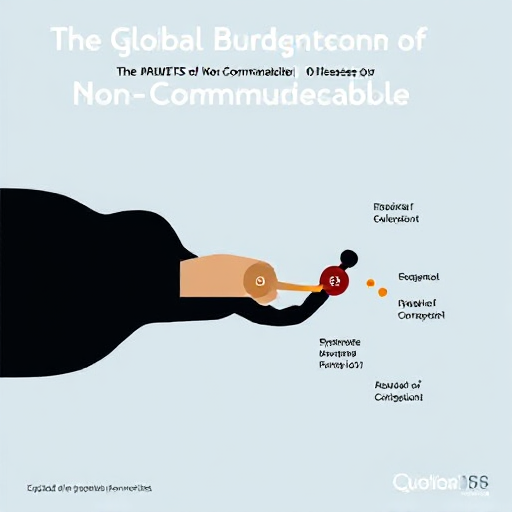The digital age has transformed nearly every aspect of modern life, bringing both unprecedented opportunities and unique challenges. As technology continues to evolve, Mental Health in the Digital Age its impact on mental health has become a critical topic of discussion. While digital tools offer innovative solutions for mental health care, they also present risks that require careful navigation.
The Positive Impacts of Digital Technology on Mental Health
Digital advancements have opened new pathways for improving mental health care and awareness:
- Increased Access to Resources: Telehealth platforms and mental health apps have made professional support more accessible, especially in remote or underserved areas. Individuals can now access therapy, counseling, and support groups from the comfort of their homes.
- Awareness and Education: Social media and online platforms have played a crucial role in destigmatizing mental health issues. Campaigns, forums, and influencers advocating for mental well-being have empowered individuals to seek help and share their experiences.
- Early Intervention Tools: AI-driven technologies and wearable devices can monitor mood, sleep patterns, and stress levels, providing early warnings of potential mental health issues.
- Community Building: Digital spaces enable people to connect with others who share similar experiences, fostering a sense of belonging and reducing feelings of isolation.
The Challenges and Risks of the Digital Age
Despite its benefits, the digital age also poses significant challenges to mental health:
- Screen Time and Overexposure: Excessive screen time is linked to poor sleep, anxiety, and depression. The constant influx of information can lead to cognitive overload and stress.
- Social Media and Comparison: While social media connects people, it can also amplify feelings of inadequacy, loneliness, and low self-esteem. Highlight reels of others’ lives may fuel unrealistic comparisons.
- Cyberbullying and Online Harassment: The anonymity of the internet has led to increased instances of cyberbullying, which can have severe emotional and psychological consequences.
- Privacy and Data Concerns: Mental health apps and platforms often collect sensitive personal data. Breaches or misuse of this data can exacerbate trust issues and anxiety.
Navigating Mental Health in the Digital Era
To harness the benefits of digital technology while mitigating its risks, a balanced approach is essential:
- Promote Digital Literacy: Educating individuals about responsible technology use, online safety, and identifying reliable mental health resources is crucial.
- Encourage Screen-Time Management: Setting boundaries for device use, incorporating screen-free times, and practicing digital detoxes can help maintain mental well-being.
- Develop Ethical Tech Solutions: Developers should prioritize user privacy, ensure data security, and incorporate evidence-based practices into mental health apps and tools.
- Leverage Technology for Prevention and Support: Governments and organizations can use digital platforms to promote mental health awareness, provide crisis support, and deliver scalable interventions.
- Foster Open Dialogue: Encouraging conversations about the interplay between technology and mental health can help individuals recognize its impact and seek support when needed.
Conclusion
The digital age presents both opportunities and challenges for mental health. By embracing its potential and addressing its risks, society can create a healthier digital environment. A collaborative effort involving individuals, tech developers, policymakers, and mental health professionals is essential to ensure that technology serves as a tool for empowerment rather than a source of harm. The goal should be a balanced digital ecosystem that promotes mental well-being for all.
